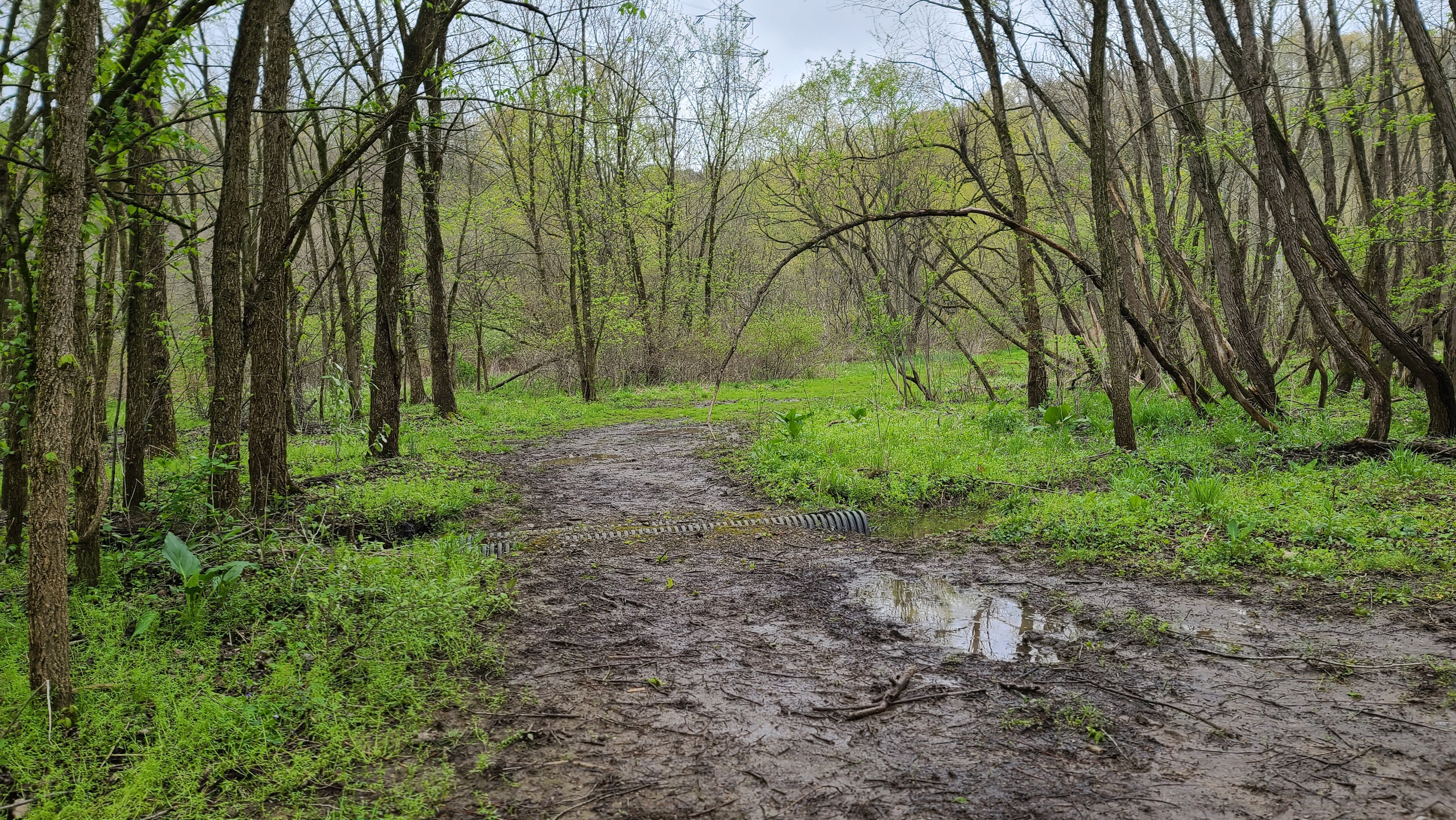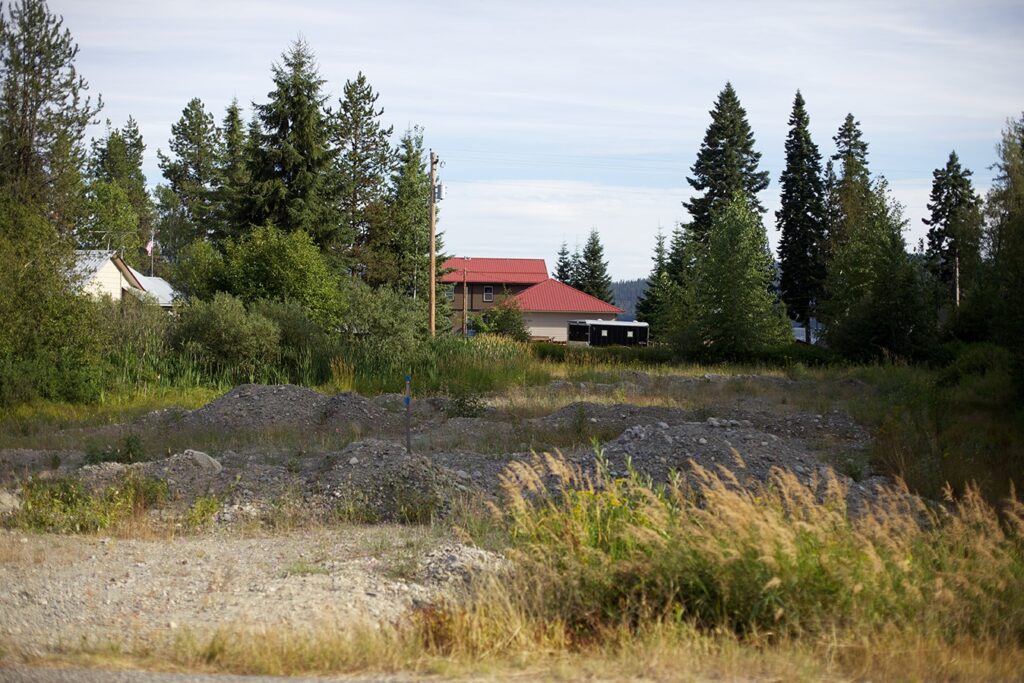
On May 25, 2023 the Supreme Court of the US (SCOTUS) issued its unanimous decision on the Sackett v. EPA case. The Courts 9-0 opinion was focused on whether the USEPA could claim Water of the US (WOTUS) jurisdiction on the Sackett’s land using the 2006, Kennedy Significant Nexus (SN) test. The Kennedy SN test arose from a precarious SCOTUS case where the Court was not able to arrive at a majority decision. The fractured 4-1-1 plurality resulted in a US Army Corps of Engineers (USACE) SN guidance that has been in use since 2007.
The Sackett SCOTUS ruling limits the extent of federal jurisdiction to navigable waters and wetlands that are directly connected to these same waters. The wetlands should be “indistinguishable” from the navigable waters. The majority (5) of the Justices supported this reason for restricting EPA.
However, while all nine Justices agreed on the extent of jurisdiction, four of the Justices disagreed with the rational as to why the significant nexus test was inappropriate. These Justices were concerned with the Court being at the center of national environmental policy. This, in their opinion, should be left to Congress.
WOTUS has a long history of debate. At issue is the extent of federal jurisdiction over inland waters that extend beyond riverbanks of navigable waters. The Clean Water Act does not define what a WOTUS is, and it has been the practice of over 40 years to leave that definition to the USEPA and the USACE. This has taken the form of nearly a dozen different WOTUS definitions and guidance that changes with each Presidential Administration. This year the Biden Administration has released a WOTUS rule that uses both the SN test as well as the physical connection test. The latter is now rejected.
The USACE has conveniently issued a new Ordinary High Water Mark (OHWM) manual this year. This manual’s purpose is to define the extent of OHWM in the absence of wetlands. It is in an interim phase which means that it should be used to support an OHWM delineation in addition to the 2005 OHWM definition. Going forward it is easy to see that the OHWM establishment and the extent of wetlands are now legally connected. The wetlands extent must be “indistinguishable” from the OHWM indicators. Perhaps in writing the new manual the USACE had some hint of what the SCOTUS was likely to do. The USACE also lost their WOTUS battle in the 2001 SWACC case with almost the same legal nexus issue as Sackett.
The Justices have called out Congress again asking for a national environmental policy and a clear definition of what the extent of federal jurisdiction should be. This was asked for in 2006 and thus far Congress has been silent on the issue.
Farmers are one of the largest groups to push for WOTUS reform. While the Sackett decision may appear to be a win for the farmers, it really is not. Wetlands are specifically protected by the US Department of Agriculture (USDA) by means of farm subsidy contracts. Simply put, when a farmer agrees to receive federal farm subsidies, the farmer has also agreed to not impact wetlands. This provision of the farm subsidy contract has been in force since the Swamp Buster provisions were revoked in 1990. The USDA does not distinguish between jurisdictional and non-jurisdictional wetlands. USDA wetlands are defined by the Food Security Act Manual which includes and expands on the USACE definition of wetlands. The only relief the farms may receive from the Sackett Decision is that they may not be prosecuted by EPA for isolated wetland impacts. However, they will have to refund their farm subsidies which can run into the millions if they impact a USDA wetland.
One last point regarding some of the rhetoric that is already churning in the media. None of the WOTUS definitions have anything to do with making the water cleaner. It is simply a defines the extent of federal jurisdiction. The assumption is that if the water is regulated it will be cleaner. History seems to work against this precept. The USACE is tasked with developing a permit program to fill in WOTUS. This does not make anything cleaner. The USEPA’s role seems to be unclear. Environmental protection is their mandate, but the tools to nationalize this are limited. Most if not all of the wetland protections come from state laws and rules. It was always the intent of Congress to leave the water quality issues to the state. Perhaps we should look to our local elected officials for leadership in the Waters of the State debate.
Going forward it is unclear if the EPA and USACE will issue new regulations. Regulations are usually issued as an interpretation of a Congressional Act. The SCOTUS ruling seems fairly clear and may not necessitate the need for further regulations. Even if it does, it would be close to a year before a regulation could be authorized due to the nature of the process.
Several Justices were concerned that the federal government’s rules should not require experts to interpret. Their decision should be clear enough that anyone should be able to implement it. However, the process of identifying a wetland is still a technical one that does require an expert. Furthermore, it could be argued that if the Justice’s concerns were realized then we would also have no need for accountants, CPAs, or even attorneys. To that end, our jobs as wetland professionals are safe.

